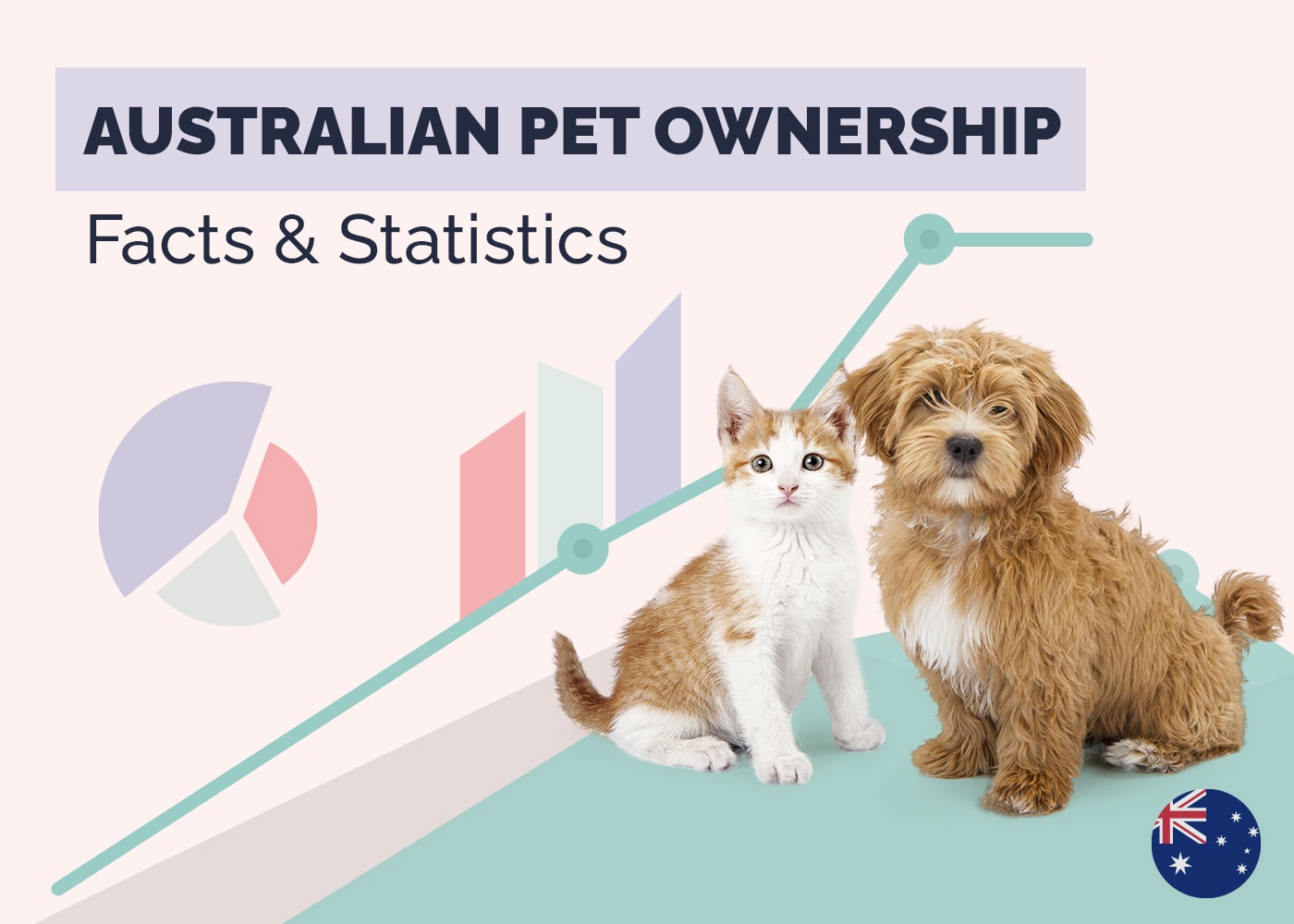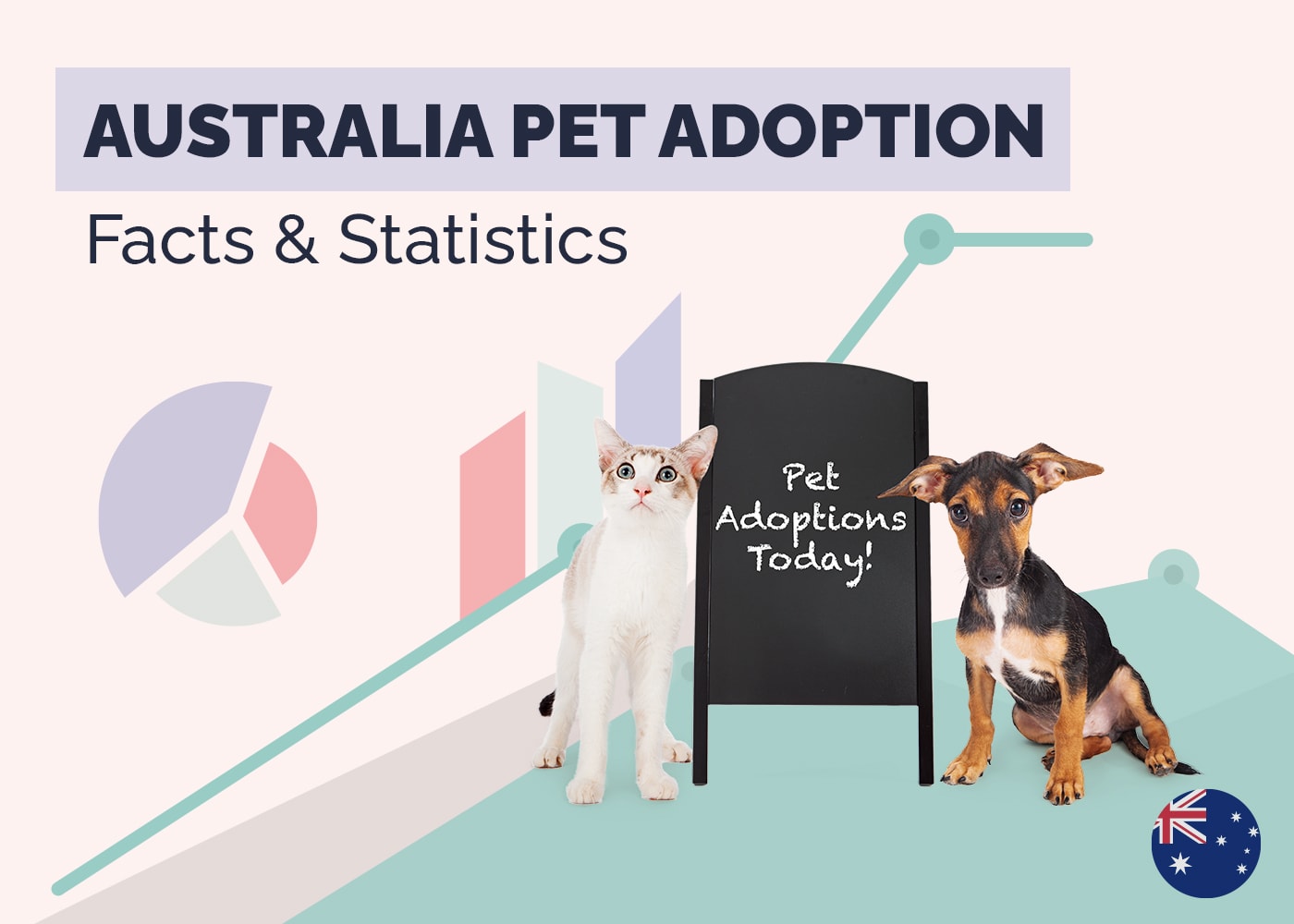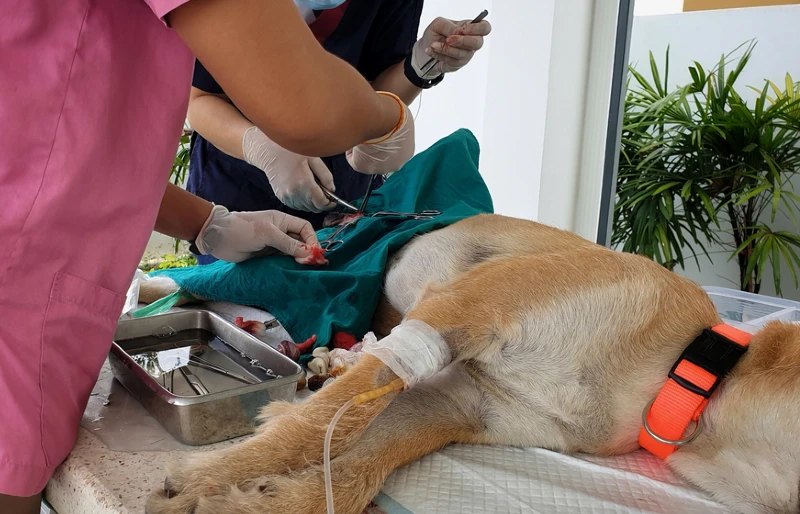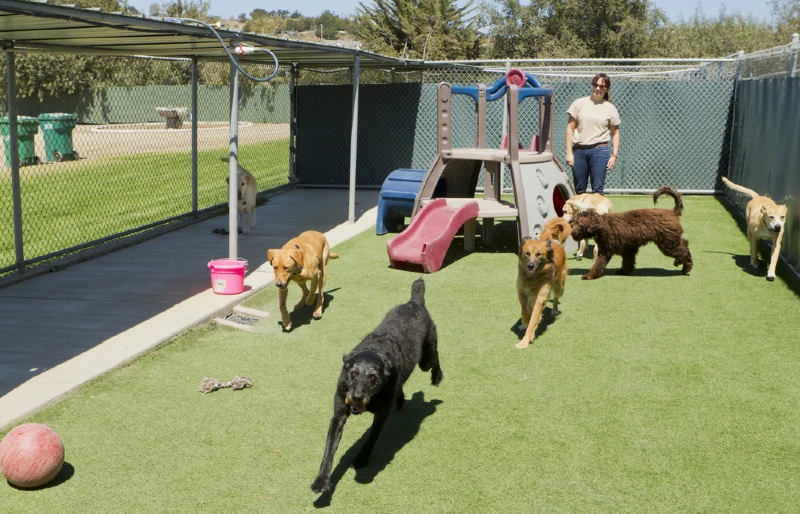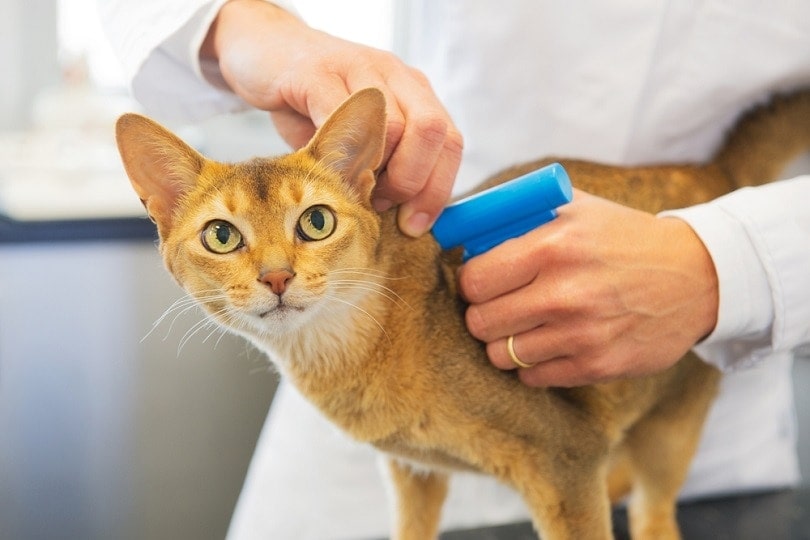9 Shocking Australian Puppy Mill Statistics & Facts: Updated in 2024

Updated on
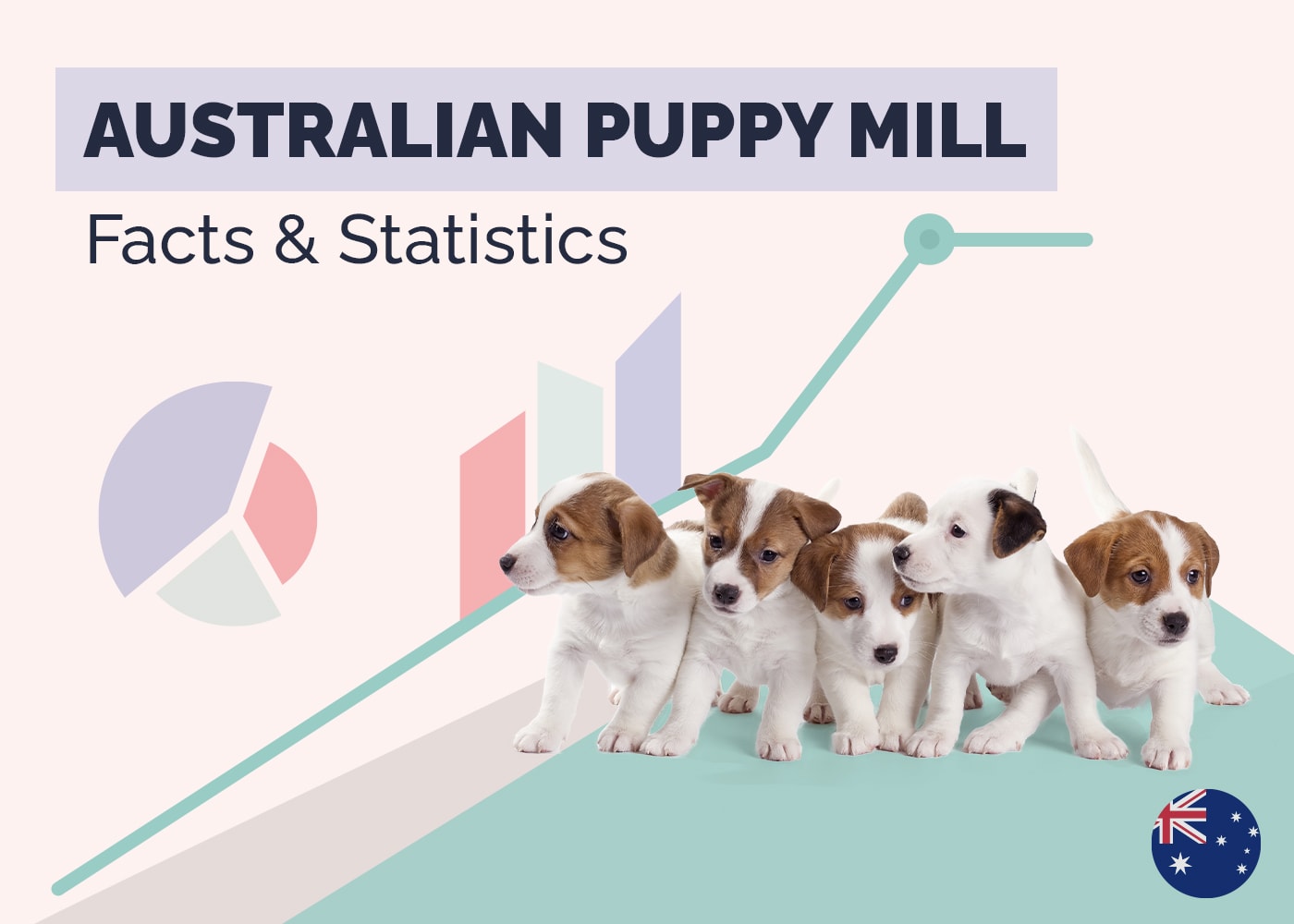
”Click
Note: This article’s statistics come from third-party sources and do not represent the opinions of this website.
Puppy mills are a major animal welfare issue in Australia, yet many people remain oblivious to their existence. Puppy mills are commercial facilities that mass-produce puppies for sale, often in extremely inhumane conditions with little to no regard for the health and well-being of the puppies.
Puppy mills are a growing problem in Australia, and the statistics surrounding them are deeply disturbing. This article will explore the scope of the problem, provide an overview of the current statistics, and discuss the implications for animal welfare in Australia. By uncovering the horrors of puppy mills, we can work to bring an end to this cruel and inhumane industry.
The 9 Australian Puppy Mill Statistics
- In 2021 the Dog Amendment Act was passed by the parliament in Australia to help regulate dog breeding.
- Over 200,000 dogs and cats are euthanized each year in the country of Australia, simply because the breeders discard the dogs after using them for breeding.
- The conditions in which puppy mill animals are kept are absolutely horrific. Oftentimes, the dogs and cats are confined to small storage sheds in cages, similar to prisons, but without the ability to move around fully.
- Most if not all of the dogs kept in these massive puppy farms often experience psychological issues as well and aren’t able to socialize properly.
- It’s not uncommon for puppy mills to leave a female dog in a shed for 23 hours a day or more. Oftentimes these small cells are made of solid concrete and the dog is allowed no socialization with other animals other than its own litter.
- In Australia, roughly 15% of puppies are actually sold through breeders that are registered with top animal breeding associations.
- The Pet Industry Association of Australia (PIAA) states that roughly 450,000 are sold in Australia every year.
- It’s also worth noting that your typical puppy mill has no veterinary care, temperature controls, or any type of other protections for the physical welfare of the animals.
- Female dogs kept in puppy mills, sometimes as young as six months of age are typically continually kept pregnant.

General Facts About Puppy Mills
1. In 2021 the Dog Amendment Act was passed by the parliament in Australia to help regulate dog breeding.
(Department of Local Government, Sport and Cultural Industries)
Essentially, the government sought to curb the death, suffering, and inhumane conditions often associated with dog breeding. The main purpose of the act was to improve animal welfare, reduce or eliminate puppy mills, and help encourage positive and ethical dog ownership and breeding. By raising awareness of the serious humanitarian issue associated with dog breeding, hopefully the country can get one step closer to creating a centralized system where breeders are approved before they open shop and are subsequently held to a specific code of conduct with their practices.

2. Over 200,000 dogs and cats are euthanized each year in the country of Australia, simply because the breeders discard the dogs after using them for breeding.
(PETA)
As a result, some animal welfare organizations have urged the government to enact new laws to protect these animals. Also in 2017, the Legislative Council in New South Wales, Australia, approved the Prevention of Cruelty to Animals (Breeding of Dogs) Bill, which makes it mandatory for all breeding facilities to microchip their dogs in order to track their origin if the dogs are ever abandoned or unwanted. The bill was approved in order to prevent puppy farming and to prevent the abandonment of unwanted dogs.
3. The conditions in which puppy mill animals are kept are absolutely horrific. Oftentimes, the dogs and cats are confined to small storage sheds in cages, similar to prisons, but without the ability to move around fully.
(Animal and Legal Historical Center)
Often these animals are also forced to sleep in their own feces, urine, and they are only let out for euthanization. Many of these animals never see the light of day outside of their confined area for breeding, leading them to develop severe issues and exhibit behavior reflecting these issues.
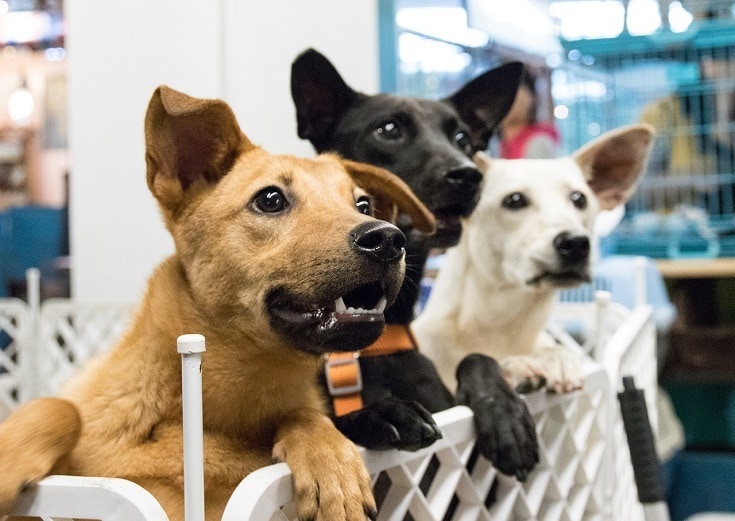
(PETA)
This leads to behavior issues in addition to health issues. The pandemic has also caused an increase in puppy sales, as many breeders seek to make huge profits from popular breeds that sell for thousands of dollars for a puppy. Activists are undertaking legislation to limit the breeding of females to reduce genetic issues and the higher rate of organizations.
(The Sydney Morning Herald)
Essentially, puppy mills deny the dogs that they use for proper to the right to a happy existence. It’s for this reason that activists and legislators are working to create new regulations for breeders in the country and to demolish the unethical puppy mills that plague the dog breeding industry.
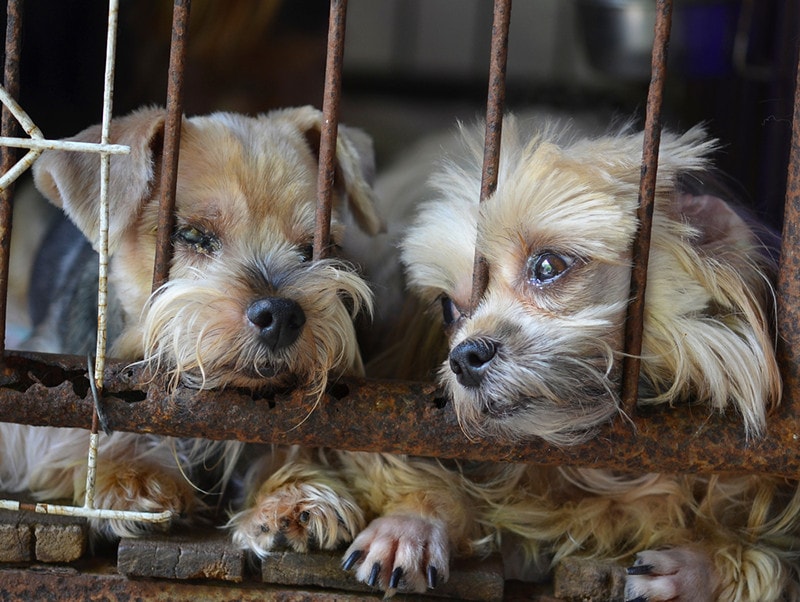
Puppy Mill Sales Statistics
6. In Australia, roughly 15% of puppies are actually sold through breeders that are registered with top animal breeding associations.
(Animals Australia)
This means that the other 85% are being sold by puppy mills that aren’t held to the ethical regulations by the country’s breeding associations. Not only does this giveaway for unethical practices, but it also means that any organization can label themselves as ” official breeders”, which can put potential pet owners at risk for purchasing animals that aren’t healthy or for being scammed
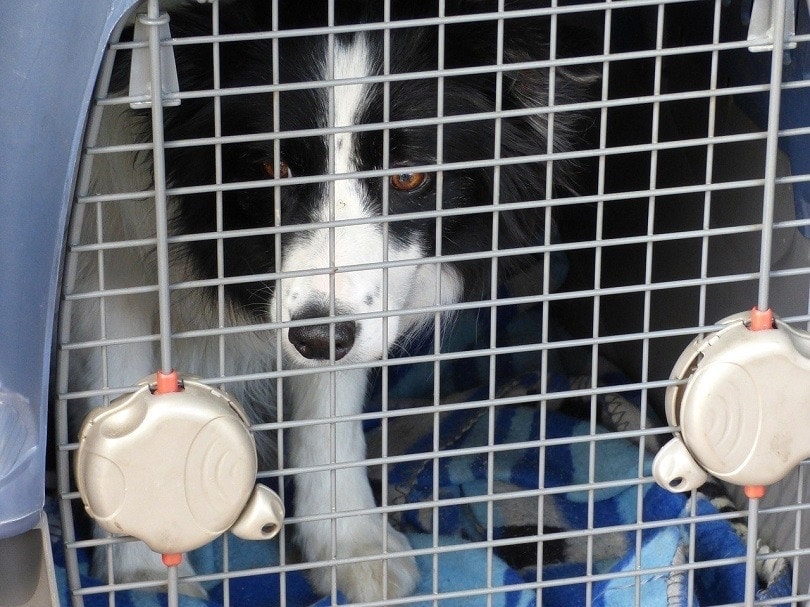
7. The Pet Industry Association of Australia (PIAA) states that roughly 450,000 are sold in Australia every year.
(Animals Australia)
These animals are sold through breeders, many of which are not regulated by the country. They reach potential pet owners via word of mouth, the internet, and local newspapers. Unsurprisingly, pet stores account for less than 15% (roughly 67,500) of total dog sales in the country. This suggests that new legislation that could regulate the marketing practices of puppy mills may limit their reach.
 Puppy Mill Conditions
Puppy Mill Conditions
8. It’s also worth noting that your typical puppy mill has no veterinary care, temperature controls, or any type of other protections for the physical welfare of the animals.
(Animals Australia)
As a bare minimum, animals are fed and perhaps given nutrients just for the purpose of maximizing breeding activities. These inhumane conditions often lead to physical deformities in offspring which can lead to genetic issues.

9. Female dogs kept in puppy mills, sometimes as young as six months of age are typically continually kept pregnant.
(Kitsap County Animal Control)
Mills usually breed the dogs until they are no longer able to produce a viable litter or become too ill to get pregnant. It’s at this point that they are often euthanized and replaced with new dogs. As disgusting as it sounds, it’s a true reality of most puppy mills, which is why it’s so imperative to humanitarians, with the aid of dedicated legislators, to drive these organizations out of business.
 Frequently Asked Questions About Puppy Mills
Frequently Asked Questions About Puppy Mills
What Exactly Are Puppy Mills?
Puppy mills are commercial breeding facilities that mass-produce puppies in poor conditions, with little regard for their health and well-being. While some breeding facilities operate ethically and humanely, many operate as profit-driven businesses that prioritize the quantity of puppies produced over the quality of their care. In the worst cases, puppy mills are akin to factories that treat dogs as nothing more than livestock.
Puppy mills are often large-scale operations with hundreds or thousands of dogs, including many breeds that are frequently used in pet-breeding operations. Some commercial breeding operations are really just “backyard” operations that keep a small number of dogs without a license or health certificates, but many are large commercial operations that are licensed and inspected by government agencies.

Why Is the Puppy Mill Industry So Bad in Australia?
The puppy mill industry is a global issue, but it is especially prominent in Australia. There are several reasons for this. One is that Australia has a very high rate of pet ownership, breeding is a significant part of the agricultural industry, and some areas are far from urban centers, making it difficult to enforce regulations.
Another is that the Australian pet industry is worth more than $2 billion annually, and more than half of households own pets. Additionally, Australia is a large country with a high rate of rural living, making it economically viable for puppy mills and other dog breeding operations to exist in many areas.
Are Puppy Mills a Growing Problem in the Country?
There is no official data on the number of puppy mills in Australia; however, it is estimated that there are thousands of breeding operations, with approximately 80% of them being backyard operations. Commercial breeding operations are predominantly found in New South Wales and
Victoria, with these states responsible for almost 70% of puppy mills. The state of Queensland has the highest rate of complaints for puppy mills, although the number of complaints does not accurately reflect the extent of the problem. This is perhaps because many breeding operations in remote areas of the state go unnoticed and unreported.
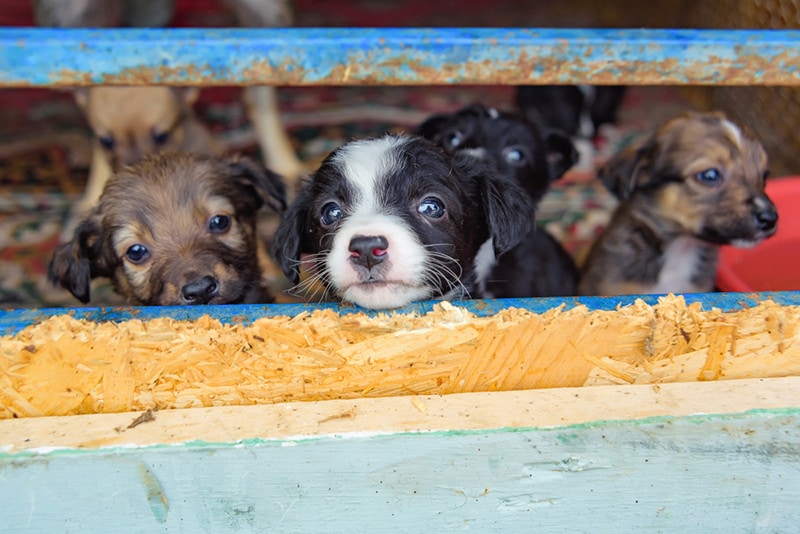
What Are the Impacts of Puppy Mill Operations on Animal Welfare?
Puppy mills are notorious for treating dogs as nothing more than commodities. The majority of breeding facilities are designed to maximize profits, so the welfare of the animals is rarely a priority. As mentioned in the statistics noted previously, conditions in puppy mills are often appalling, with severe overcrowding, substandard living conditions, and inadequate medical care being commonplace.
Moreover, puppy mills are notorious for the inhumane treatment of animals, including the frequent use of practices such as forced breeding, line breeding, and the use of unneutered males (called “stud dogs”) to produce as many puppies as possible. The vast majority of puppy mill dogs live in indoor cages their entire lives and are never given the opportunity to experience the outdoors.
Are There Regulations Surrounding Puppy Mills in Australia?
The Australian government has implemented several regulations and guidelines that are designed to ensure the humane treatment of animals and prevent the operation of puppy mills. The issue, however, is that these regulations are often unenforced.
The government currently maintains a list of “prohibited and non-permitted practices in the breeding of dogs,” which includes practices such as the forced breeding of dogs, line breeding, and the use of unneutered males. In addition, commercial breeders are required to register with their state’s Animal and Plant Health Authority (APH). Unfortunately, many puppy mill owners fail to register and operate illegally.
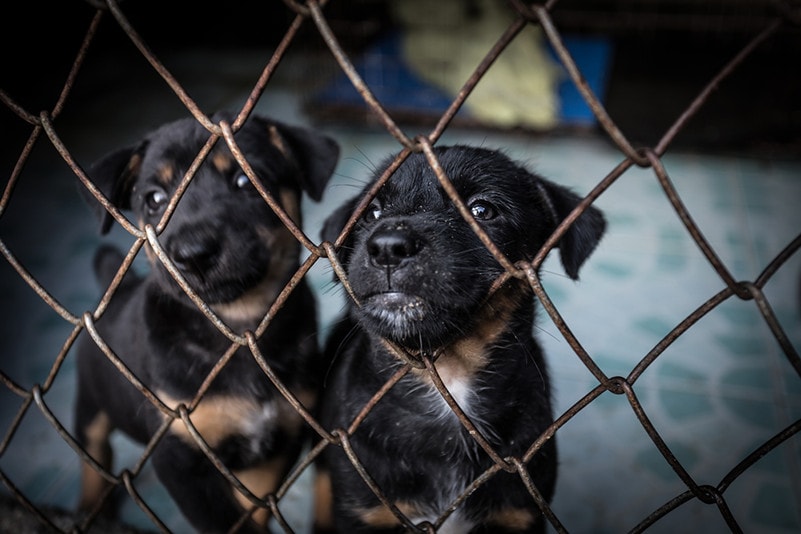
What Are Humane Alternatives to Puppy Mills?
It is important to note that there are no legal definitions or standards for “responsible breeding” and there is no way for consumers to tell if a breeder is operating ethically or not. That being said, there are a few things that consumers can do to make sure they are supporting ethical breeders rather than puppy mills.
First, consumers should always visit the breeder’s facility before purchasing a puppy. It’s important to note that breeders actually don’t have to let you visit their facility, but if they refuse, it may be a sign that they may be operating an illegal operation. You can also look for certifications from reputable animal welfare organizations. And lastly, you can search online for reports/complaints about breeders that may be operating as puppy mills.
How to Help Put an End to Puppy Mills in Australia
The only way to put an end to puppy mills is through consumer awareness and demand. If consumers stop purchasing puppies from pet stores, mills will lose their profit source and have no choice but to shut down their operations.
So, if you’re set on getting a purebred puppy, there are a few things you can do to make sure you are supporting ethical breeders. One, only purchase your dog from a reputable breeder. Two, if possible, visit the breeder’s facility and make sure the conditions are clean and appear humane. And three, avoid purchasing from websites like Craigslist where you cannot verify the source of the puppies.
 Final Thoughts
Final Thoughts
The puppy mill industry is a global issue, but it’s especially, and surprisingly, prominent in Australia. That being stated, the Australian government has implemented and is currently working on a number of regulations and guidelines designed to ensure the humane treatment of animals and prevent the operation of puppy mills. The issue, however, is that these regulations are often unenforced. The only way to put an end to puppy mills is through consumer awareness and demand.
See also:
- 10 Shocking Australian Animal Shelter Statistics & Facts
- 12 Incredible Australia Pet Spending Statistics and Facts
Featured Image Credit: malajka, Shutterstock



